AI + SEO: The Playbook! Get your GEO / LLMO guide here 🐛
Your ultimate guide to showing up in all the LLMs: ChatGPT, Perplexity, Claude, and more
Hi there! You’re reading the Bonfire newsletter from Kevan Lee & Shannon Deep. Each week, we highlight brand, marketing, and creative learnings from our experience as in-house marketers turned agency owners who think a lot about creativity, our relationship to work, and how all of that impacts our identities. We’ll also feature insights from our digital community of super smart folks (which you’re welcome to join).
Wishing you a great week!
Your GEO / LLMO Playbook
Storytelling for brands happens across myriad touchpoints.
We often say that a brand is simply the sum of all the experiences someone has with your company. More and more, these experiences take place in ChatGPT, Perplexity, Claude, and the many other LLMs out there. This LLM-ification of our digital lives is very much on the minds of the marketers and founders that we speak with.
 Tiktok failed to load.
Tiktok failed to load.Enable 3rd party cookies or use another browser
How do you get your brand to show up in these semi-walled gardens?
How do you pivot from an SEO strategy that is tanking to a GEO strategy that is rising?
Does anyone even know enough about LLMs to put together a playbook at this point?
We do!
We’ve been pitching a GEO playbook to many clients over the past few weeks, and we are happy to share the nuts and bolts with you. This post will cover some of the biggest themes and concepts you should be considering with GEO / LLMO. And if you want to go even deeper, we have a step-by-step action plan that you can download for just $10. It has everything you need to implement your GEO strategy today.
(Or, if you want us to do this LLM stuff for you, drop us a note at hello@aroundthebonfire.com, and we’ll put our Bonfire brains to work for you!)
A big thank you to the co-author of this post, Tom McCallum , who is doing some cutting-edge work around the intersection of AI + SEO and is absolutely someone you should connect with.
LLM visibility playbook, 101
The goal: Raise the profile of your brand in LLMs
When we talk about the goals for LLM visibility, we’re talking about the same outcomes as a traditional Google search strategy. Namely: 1) when people with high buying intent are searching for solutions, we want our product to show up, and 2) when people are looking for information about our area(s) of expertise, we want our content to appear, helping people find answers.
Basically, we want:
Search as a conversion channel
Search as an authority-building channel
The same is true of our LLM visibility.
Let’s say you’re a marketer at a B2B software product that helps HR teams manage their workforce.
A potential customer with high buying intent might ask their LLM: “I run HR for a hospitality business. What are the best software products to help me manage all of our employees?”
Which would give you a result like this:
This same person might use an LLM to research a specific topic or brainstorm on a challenging situation. They may ask something like, “What is an acceptable attrition rate for employees in the hospitality industry?”
Here is a sample of the results they’d get:
Note: The above examples are from ChatGPT. Our LLM visibility tactics work for ChatGPT and other generative AI platforms like Perplexity and Claude. Plus, anything you do to improve LLM visibility will also positively impact how you show up in Google’s AI Overviews at the top of many Google search results pages.
As you can see from these examples, LLMs reference and cite their sources whether they’re recommending products (like yours, ideally) or providing information (that you’ve written, ideally).
Just like with your traditional SEO on a Google search results page, the LLMs provide opportunities for your brand to appear in multiple ways based on multiple factors and a myriad of user queries. The real question then becomes, just as it did for Google search back in the day: How do you show up?
The 3-step playbook for LLM visibility
We’ve put together strategies for a handful of clients, and these plans always entail the following three pillars:
Semantics – Content optimization, formatting, and content tactics
Schema – Technical foundations and markup
Signaling – Off-page signal boosting and awareness-building
Before we jump into the specifics of these three Ss, let’s acknowledge some caveats:
LLM and generative AI platforms are ever-evolving and will only become smarter. Because of this, some people think it is premature to claim that any GEO/LLMO playbook could exist given how new and malleable the underlying technology still is. We disagree (obviously), but we hear the point! Today’s LLM visibility tactics work; tomorrow’s LLM tactics will probably work even better. But why wait?
You may hear people say, “GEO/LLMO is just SEO.” In a lot of ways, this is true; really solid SEO tactics will definitely help you rank in LLMs. But there are enough specific nuances of LLM visibility to warrant a discrete list of tactics that can live in its own LLMO playbook or can supplement your existing SEO playbook.
Let’s jump into the specifics of how to approach LLM visibility with our three pillars. And remember, if you want the full action plan and templates for our GEO/LLMO playbook, grab the whole enchilada here for just $10.
1. Semantics
TL;DR
People no longer just search with keywords; they search with plain-English questions
Semantics = the words, phrases, and sentences you use in your content
Prime your content to be quoted, not just crawled
Summaries > Keywords
How you write + how you structure = maximum LLM-referenceability
Whether you have a ton of awesome content already or you’re building a fresh content library from scratch, you’ll want to write with intentional semantic choices and organize your content in a strategic way.
LLMs like ChatGPT are trained on billions of web pages, but they absorb structured, coherent, educational content far better than fragmented or repetitive pages that lack topical depth. A well-written, deeply researched page acts as a teaching node that LLMs learn from. The clearer and more comprehensive it is, the more likely it is to influence LLM outputs.
This is why traditional SEO tactics like pillar pages and hub-and-spoke models still perform really well when it comes to optimizing your content for LLMs. Yes, and being deliberate about the LLM-optimized semantic content you write will give you an even better chance at getting referenced.
Here’s a rundown of what to focus on exactly:
For your content structure:
Identify 10–20 high-potential topics and build pillar pages
Craft these from scratch or expand on existing content to make it comprehensive (2,000 words or more)
Reorganize existing and new pages into clusters to nest under pillar pages in a clear hierarchy. You can accomplish this via backlinking. For huge sites, you may want to architect your content with backlinking and with your parent-children pages in your sitemap.
For semantics:
Update your blog posts to include the following:
TL;DR summaries at the top
Q&A formatting where applicable
Definitions, comparisons, and tables
Note: Statistics, citations, and quotes can boost your LLM visibility by 30-40%, according to Princeton’s research into LLM visibility. One of our very favorite content strategies is to craft a data report from an original research study of yours—surveys work great or else pulling anonymized usage trends from your product—and then referencing these numbers all over your content.
Check out the following posts for examples of content that uses great semantic language with TL;DR summaries and Q&A formatting:
2. Schema
TL;DR
Schema markup (also called structured data) is code you add to your website
Schema = structured data that teaches machines what your content means
Add markup like Article, FAQ, Product, and Comparison to key pages
Use `sameAs`, `about`, and `author` fields to connect to trusted entities
Clean up your sitemap and make it machine-readable
Valid schema makes your content easier to retrieve in LLM + RAG systems
LLMs process vast amounts of unstructured data, but they rely on structured information to interpret meaning accurately. Schema markup clarifies what you’ve written, helping models understand what your content is about, who it's for, and how it relates to broader concepts. This structured data doesn’t just support search engine indexing, it improves your chances of being retrieved in LLM-powered tools that use RAG (retrieval-augmented generation) or structured memory.
LLMs—and the search engines feeding them—rely on structured data to identify entities, relationships, and source authority. If your content isn’t machine-readable, it may as well be invisible.
Your content needs to be machine-readable for LLMs and RAG systems, which will require very specific updates to the structured data across your programmatic pages.
Here’s a rundown of what to focus on exactly:
For each individual piece of content:
Apply schema.org markup across all key pages (Articles, FAQs, Products, Reviews)
Add `sameAs`, `author`, `organization`, and `about` fields to reinforce knowledge graph connections
Ensure author bios are entity-validated, aka add backlinks or social proof so that the LLMs know that a real, credible person wrote this stuff
For your sitemap:
Clean up your sitemap to make it both semantic and human-readable—yes, even sitemaps are getting scanned
For example, let’s say you are an awesome social media management tool like Buffer and you have a competitor blog post about “Buffer vs. Sprout Social.”
Your schema markup would look like this:
{
"@context": "https://schema.org",
"@type": "ProductComparison",
"name": "Buffer vs Sprout Social",
"description": "A side-by-side breakdown of social media marketing platforms",
"mainEntity": [
{ "@type": "Product", "name": "Buffer", "sameAs": "https://www.crunchbase.com/organization/buffer" },
{ "@type": "Product", "name": "Sprout Social", "sameAs": "https://www.crunchbase.com/organization/sprout-social" }
]
}3. Signal boosting
TL;DR
LLMs learn from trusted third-party sources—not just your website
Update and optimize your brand’s presence on Crunchbase, Wikipedia, etc.
Get quoted and linked on high-authority domains (PR, forums, listicles)
Share original data and research across channels to build referential weight
Think like a journalist: build a credible brand story across the open web
This is the most overlooked pillar. If you want LLMs to recommend your content, they need to see others recommending it first. Sound familiar? This is very similar to SEO link-building strategy! But of course, the LLM era has a few nuances.
For context, LLMs don’t just crawl your website to gather content; they also draw heavily from trusted third-party sources to construct brand knowledge. Platforms like Wikipedia, Crunchbase, and Reddit often serve as canonical reference points for AI models. If your brand’s story isn’t clearly and accurately told across these public datasets, it’s less likely to be surfaced in AI-driven summaries, comparisons, and recommendations.
(Note how important your brand awareness is!)
LLMs weigh information based on its credibility and context. They learn which brands to trust by observing patterns. Earning citations from reputable sources, sharing original platform data, and encouraging user-generated content will create a web of trust that increases your likelihood of inclusion in LLM responses, especially when users ask open-ended or comparative questions.
Here’s a rundown of what to focus on exactly:
Stuff you can do today all on your own:
Update listings on canonical reference hubs like Crunchbase, Wikipedia, etc.
Outreach, link-building, and UGC:
Re-distribute proprietary research (like an original data report of yours) across:
Owned content: Blog posts, LPs, etc.
Earned content: PR pitches, referenceable social media like Reddit or Quora
Pitch and place for mentions of your brand in credible, high-authority domains (TechCrunch, G2, HubSpot, etc.). Qwoted is an awesome resource for getting started.
Make the most of Reddit, Quora, Hacker News, and similar forums that LLMs index deeply by submitting—or encouraging your community to organically submit—genuinely helpful content that references your stuff
Create neutral third-party listicles ("Top 10 UGC Platforms") and comparisons to control the narrative
In summary
Here are some quick-hit takeaways from our LLM visibility playbook:
Keywords don’t matter—summaries do.
Use conversational formats (Q&A, comparison tables, definitions).
Link out to reputable third parties and get them to link to you. LLMs love context.
Citations, statistics, and quotes boost inclusion rates significantly.
Focus on these areas, and you’ll be in much better shape to be referenced and regarded by the ChatGPTs of the world.
If you want a more detailed step-by-step breakdown of how a GEO/LLMO program works—including guides to querying and measurement using awesome tools like Profound and others—download the complete playbook for just $10.
Notable links, convos, and events
You can see all this and more in the Campout community.
We have an AMAZING event coming up this week with Callie Rojewski who will be teaching all about personal branding. She has one of the most original and authentic personal brands out there. RSVP to make sure you don’t miss this one!
Thursday, June 26
Noon Eastern / 9:00am Pacific
New tool alert: If you’re looking for a way to dig into your creative expression, check out Pinterest’s companion app, Shuffles.
But wait! There’s more…
Wanna be friends?
If you love this newsletter and wish it were more interactive, you’re in luck! Join us over in Campout, our digital community for creative marketers and the creative curious.
Wanna work with us?
If you need help with brand strategy and storytelling, fractional brand and marketing leadership, and bringing your brand strategy to life in impactful ways, send us an email at hello@aroundthebonfire.com to get in touch.
As always, you can find us on LinkedIn, Instagram, and Threads.




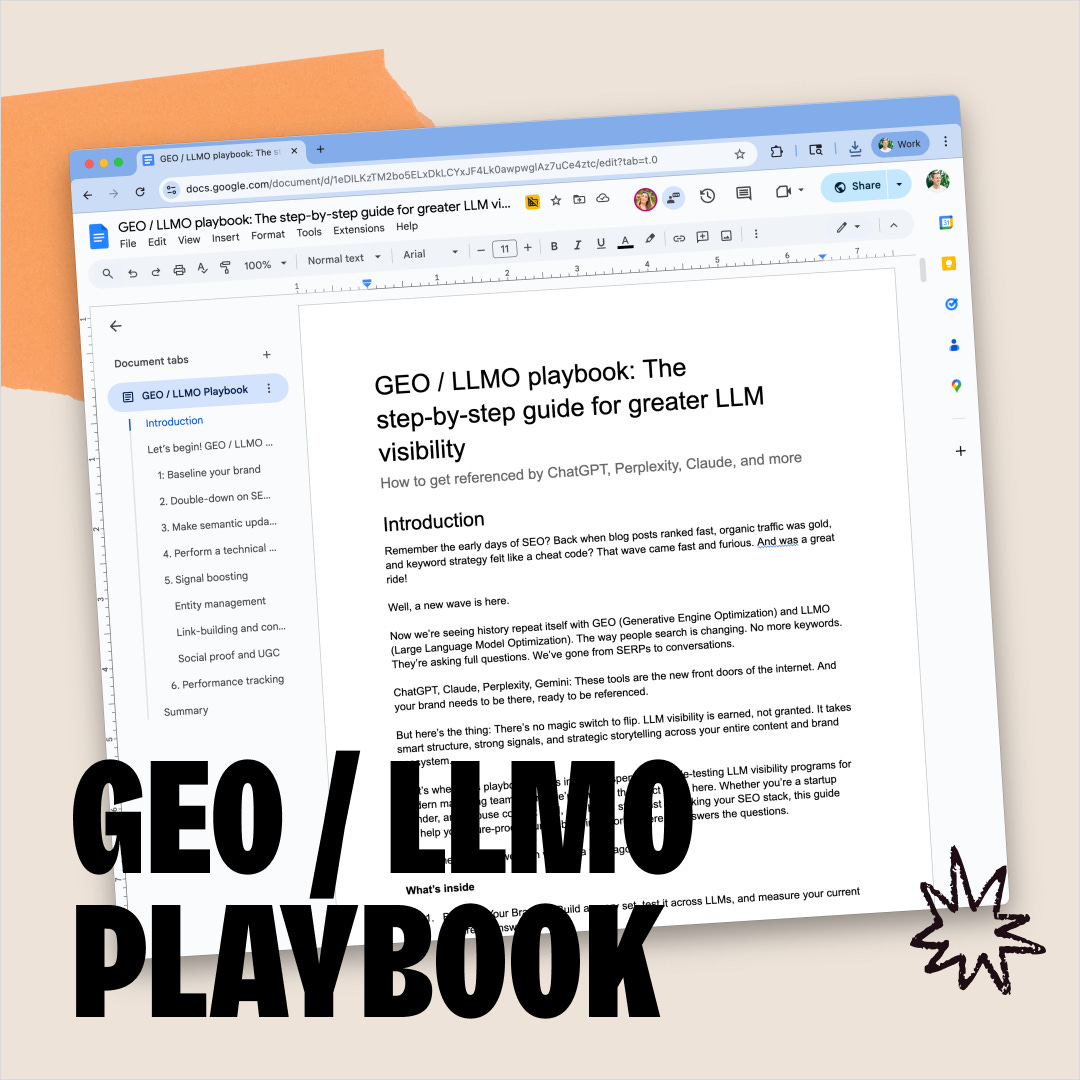
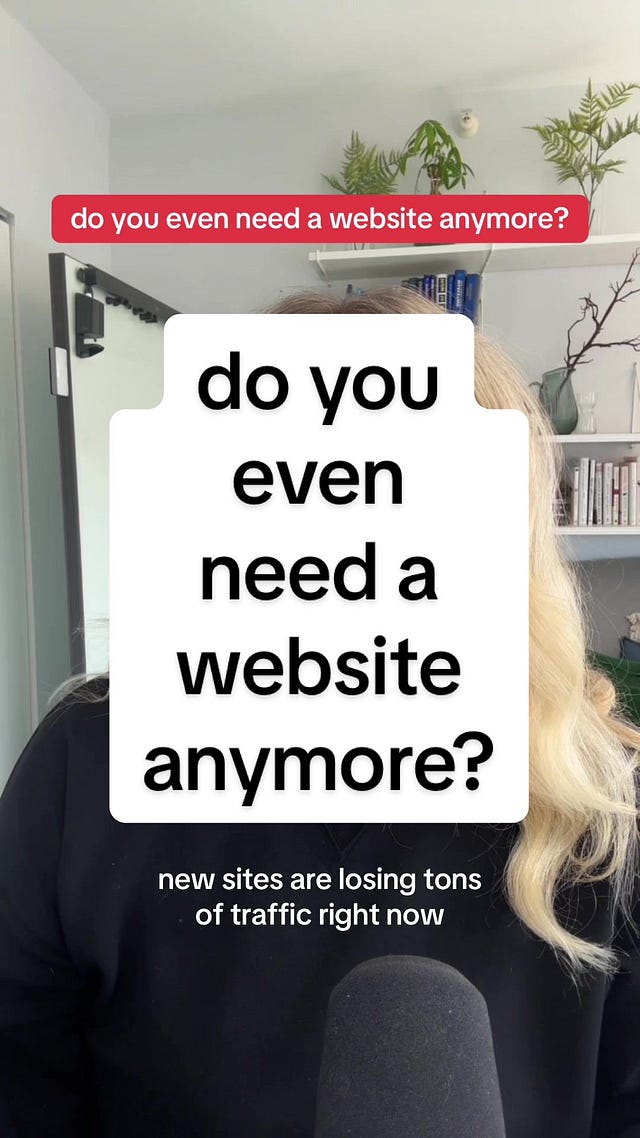
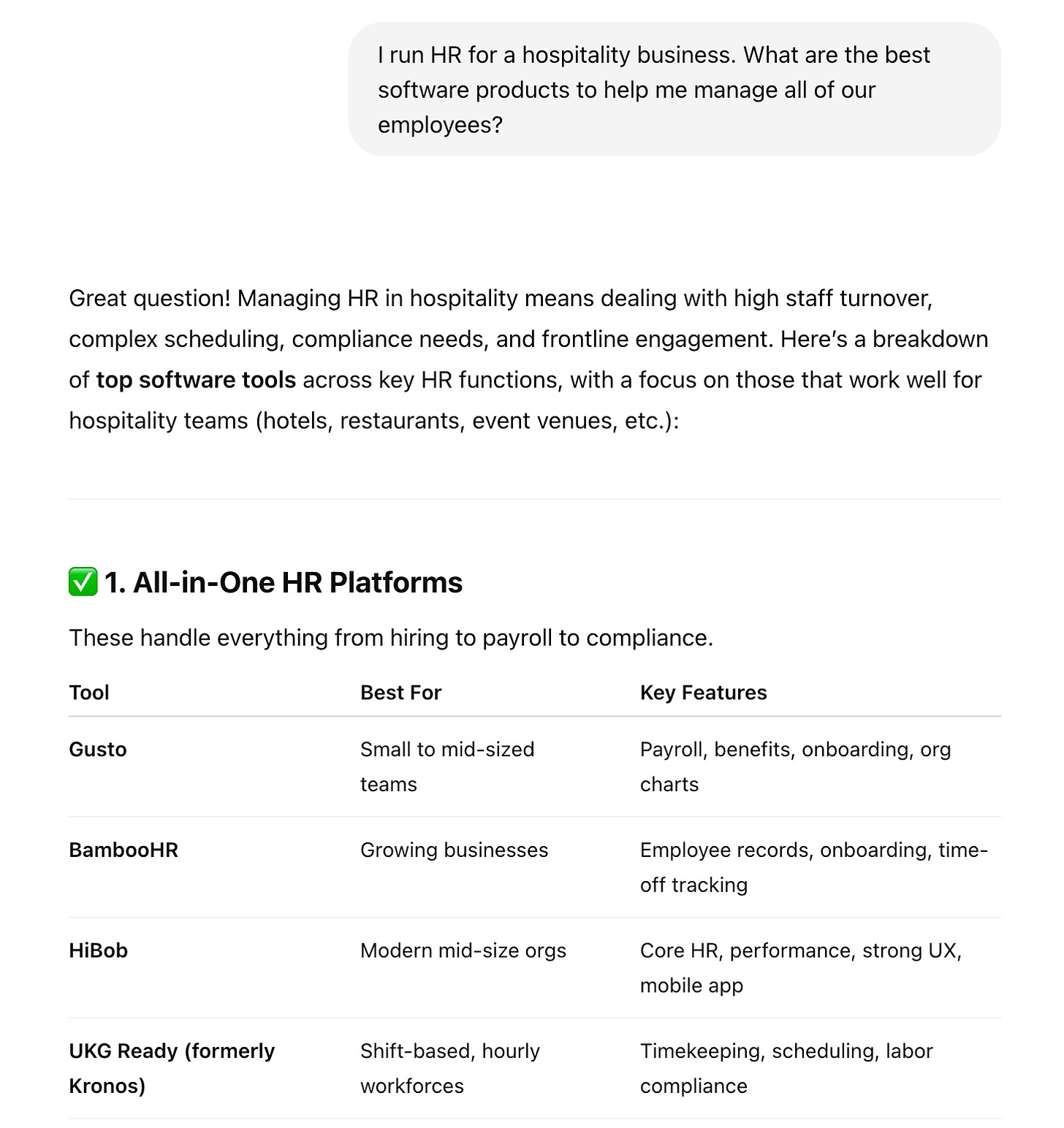
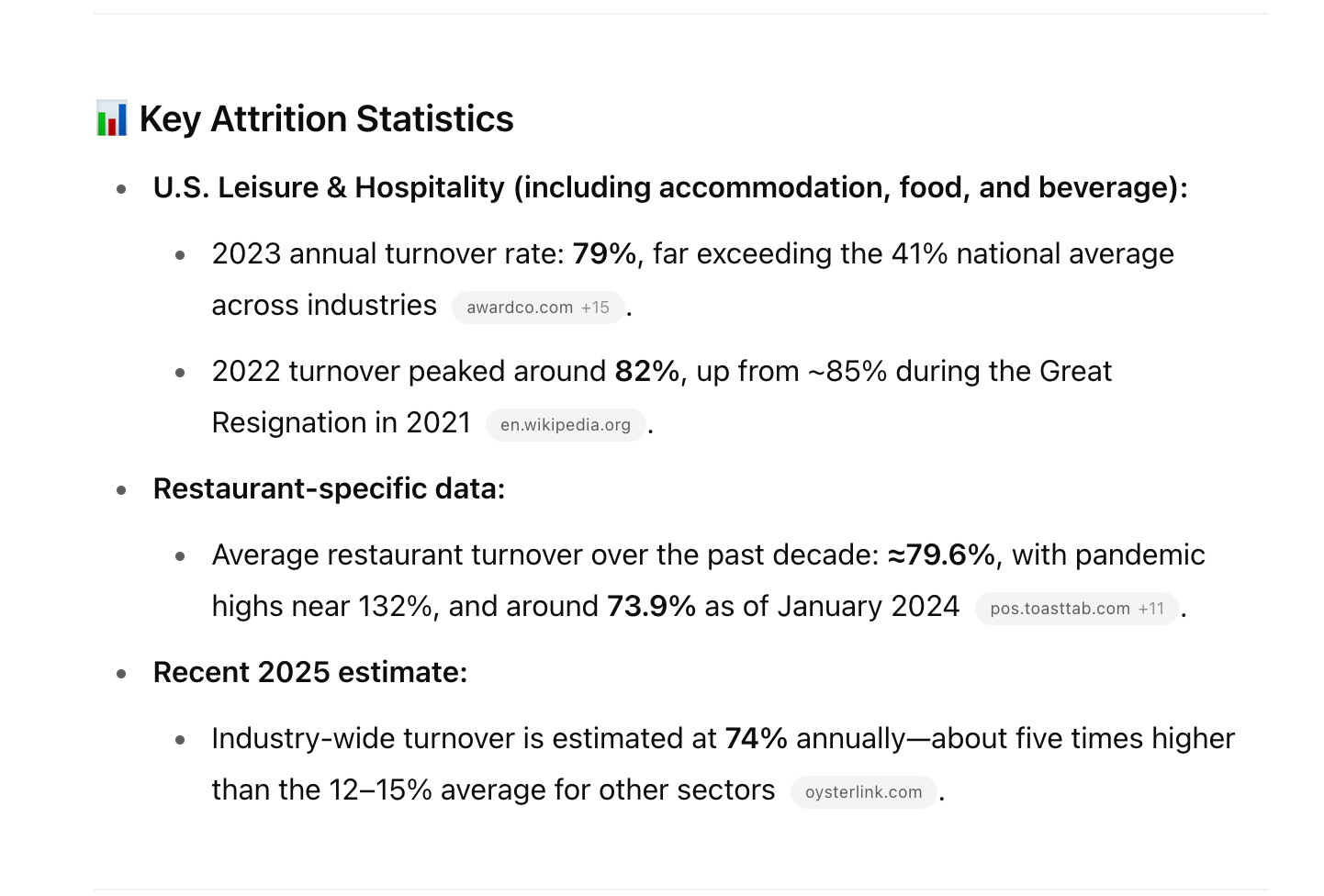
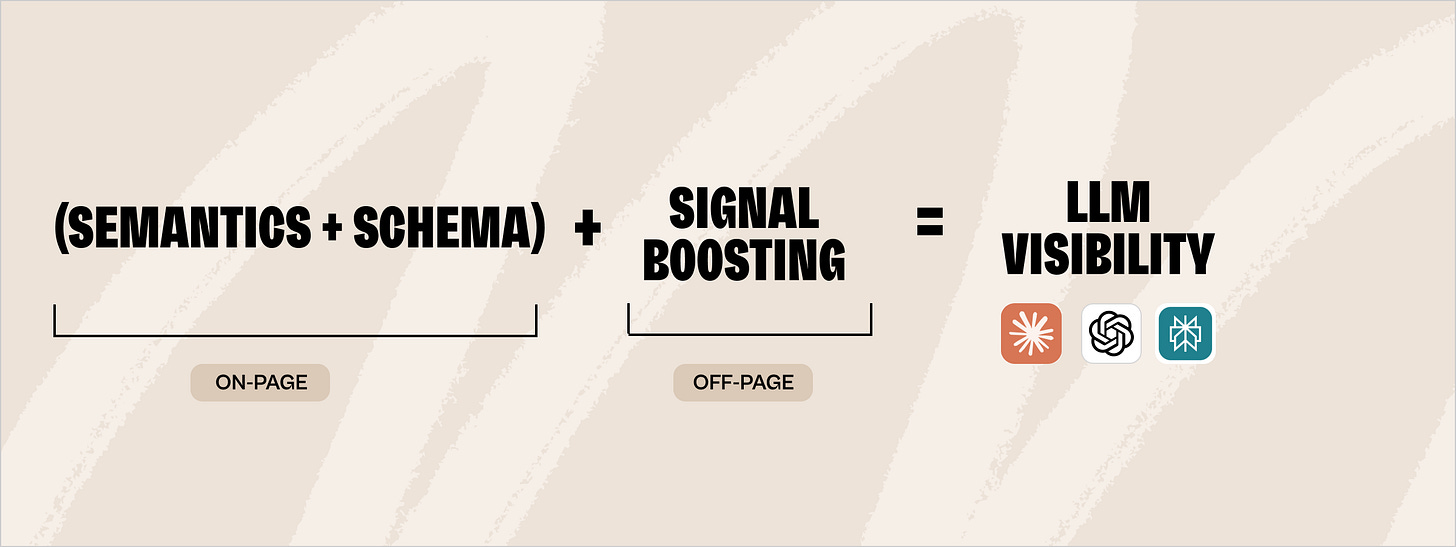

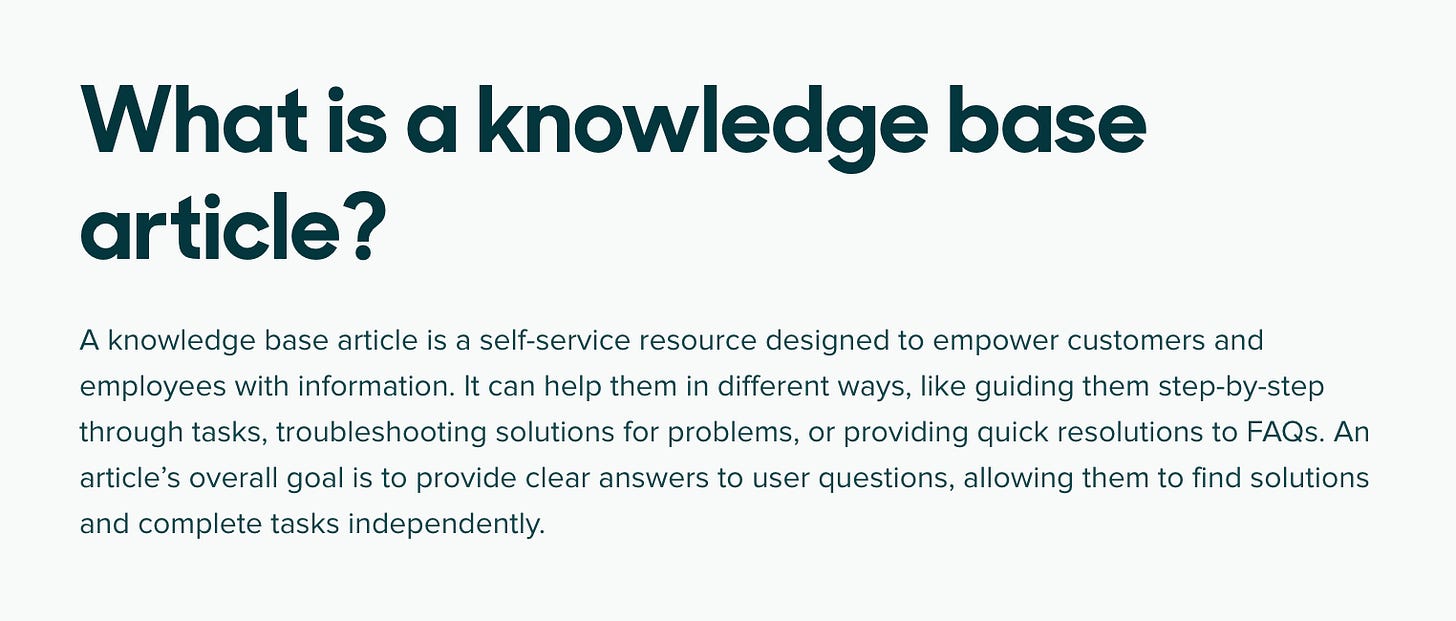


Super relevant ty!